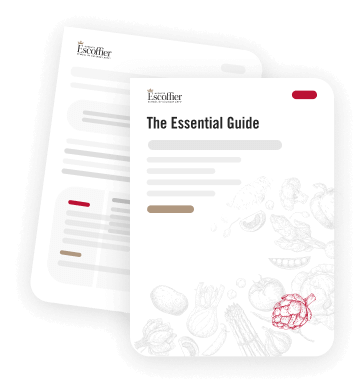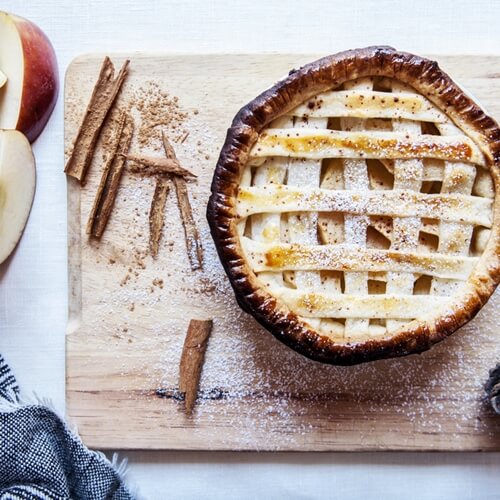Follow These Tips For Your Next Pie Crust

Whether you enjoy a Sunday morning quiche or a slice of cherry pie for dessert, it’s a necessity for a baking & pastry arts student to have a go-to pie crust recipe. We all know that no matter how good the filling is, a pie can be sorely disappointing with a chewy or crumbly crust. Here are a few tips to follow next time you decide to tackle a pie:
Keep everything cold
You might not think the temperature of the ingredients really makes a difference when you’ll be baking the crust, but it does. Before you begin the recipe, let your ingredients – from the flour to the bowl you’ll be mixing it in – chill in the refrigerator. This impedes the formation of gluten, keeping your crust from getting chewy, and it also helps your crust develop a flaky, savory texture. According to Real Simple, the cold pieces of fat create steam when they’re heated in the oven.
“Put your dough in the refrigerator before rolling.”
Even if you make sure all of your ingredients are cold when you mix them together, it’s still best to allow your dough to sit in the refrigerator for about a half hour before you roll it out, and for about 20 minutes before you add the filling. This will make your dough firmer, so it’s easier to roll out without tearing, and prevent the the dough from shrinking too much once it’s baked.
Less water is more
Adding too much water to your dough is a surefire way to prevent a flaky crust. Use the coldest water possible, and only add a little bit at a time to make sure as little gluten forms as possible. If the recipe you’re using gives you a range of water to use, use the smallest amount as possible. If there is no range, just add water until your dough doesn’t have a powdery consistency anymore.
Don’t forget the vents
You could follow all of these steps, but if you don’t remember to add vents to your crust, the bottom of the pie might still end up getting soggy. You can also brush the bottom of the pie with an egg wash before adding the filling for some extra reassurance!


